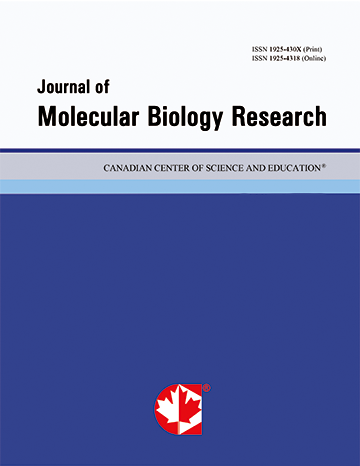Determination of Isolated Salmonella Bacteria from Infected Animal Husbandry of Malayer City with using Molecular Methods
- Alireza Khakzad
- Fatemeh Keshavarzi
Abstract
Salmonella species are gram negative bacteria and members of Enterobacteriaceae family. It has a rod-shaped appearance; it is catalase positive, oxidase negative, non-spore. Salmonella classified into two species, Salmonella Enterica and Salmonella Bangori. Salmonella is now one of the main reasons of diarrhea and vomiting in humans in many countries and especially in industrialized. In a study in Japan 164 Salmonella digestions were collected during 2006 to 2008 which 81 digestions were Salmonella Infantis. Salmonella-specific characteristics are studied in the two phenotype and genotype methods. In this research, with using genotype methods based on PCR, genetic diversity was evaluated; this PCR includes rep-PCR based on repetitive sequence elements (method was done by the use of three primers ERIC, REP and BOX). Studied showed most isolated strains were relevant to Salmonella Enteritidis and dendorogram study showed that the bacteria were grouped in one cluster in dendrogram that all 37 strains were put in a large cluster of Salmonella’s type which is divided into two clusters: Salmonella Enterica and Bongori. The results also in this experiment reflect the efficiency of rep-PCR method by using three ERIC, REP and BOX primers.
- Full Text:
 PDF
PDF
- DOI:10.5539/jmbr.v7n1p34
Index
Contact
- Grace BrownEditorial Assistant
- jmbr@ccsenet.org
